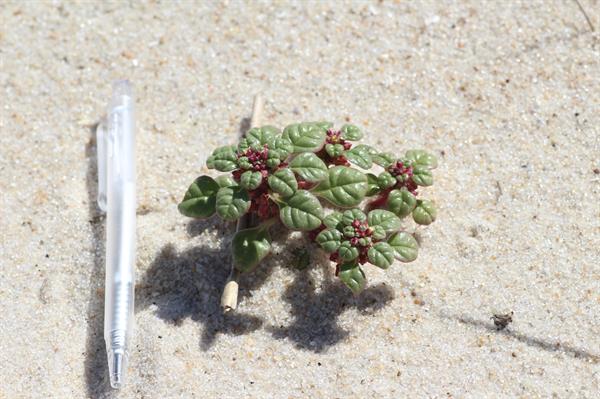
Origin/Endemic status: Native
Other Comments: Seeds of this plant require cold stratification, high temperatures, and light to germinate (Baskin & Baskin 1998); this is apparently responsible for the late seasonality of the species (germination in late spring and early summer) and its seed-banking. See Hancock & Hosier (2003) for discussion of the ecology of this interesting species.
Synonymy: = C, F, FNA4, G, GW2, K1, K3, K4, NE, NY, Pa, RAB, S13, Tat, Va, Bayón (2015)
Wetland Indicator Status:
- Atlantic and Gulf Coastal Plain: FACW
- Eastern Mountains and Piedmont: FACW
- Northcentral & Northeast: FACW
Heliophily: 9
Hover over a shape, letter, icon, or arrow on the map for definition or see the legend.
 © Bruce Sorrie | Original Image ⭷
© Bruce Sorrie | Original Image ⭷ © Scott Ward | Original Image ⭷
© Scott Ward | Original Image ⭷ © Mike Kunz | Original Image ⭷
© Mike Kunz | Original Image ⭷ © Scott Ward | Original Image ⭷
© Scott Ward | Original Image ⭷ © Mike Kunz | Original Image ⭷
© Mike Kunz | Original Image ⭷ © Radford, Ahles and Bell | Original Image ⭷
© Radford, Ahles and Bell | Original Image ⭷ © Scott Ward | Original Image ⭷
© Scott Ward | Original Image ⭷ © Scott Ward | Original Image ⭷
© Scott Ward | Original Image ⭷Feedback
See something wrong or missing on about Amaranthus pumilus? Let us know here: (Please include your name and email if at all complicated so we can clarify if needed.)
Cite as...